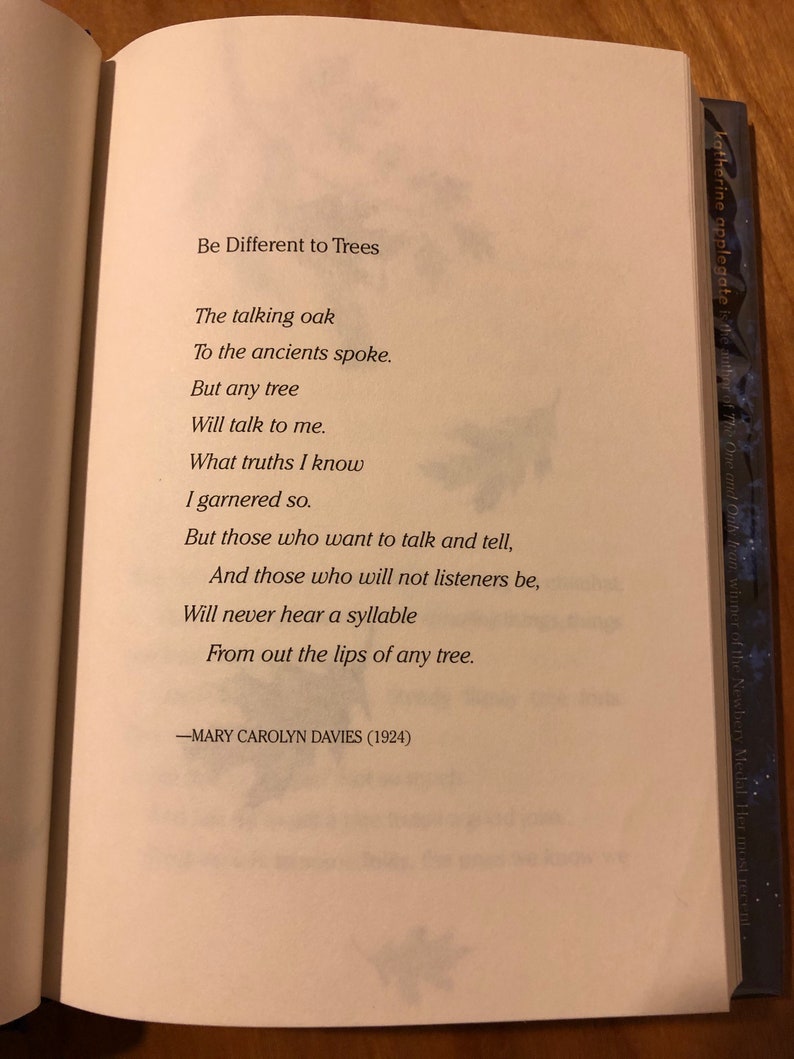

As a writer, I've found that I'm able to find little snippets of clues I can leave for my reader along the way. Red is so wise but if readers stop and think about what he's pointing out along the way, we can start to recognize some foreshadowing in the story. Both of these come at the end of a chapter. I pulled two examples to share in the snatch of text. Katherine gives us really subtle clues of theme throughout the book.


One other way Wishtree can be used as a mentor text is to look at foreshadowing. But in revisions, I can usually spot when I'm telling and either delete my rambling or find a way to work it in without dumping all the information in one spot. I *might* happen to also do this in my own writing, especially in first drafts. It's not always easy for a writer to not include all of these past experiences.I've seen lots of student writers tell readers way too much early on. Everything that has happened to them is part of why they make the decisions they do. I make sure I know what they have gone through as characters before the story starts because all those little experiences shape who they are. When I think about characters in my own writing, I think about who they are and what I know about them that my readers might never know. The tone of Wishtree is so clear because Katherine so purely writes Red (the wishtree) as a character.

Overall, the tone in Wishtree reminded me of Seedfolks but I also saw similarities in the themes. I'm so excited to share this with young readers because I'm sure it will spark great discussion.Īs I was reading I kept thinking of Paul Fleischman's Seedfolks and I might go reread it to see how they might connect. And the most fascinating thing is the main character is a tree who has a whole lot of heart. It's another book from her with a whole lot of heart. Not everyone is welcoming, and Red's experiences as a wishtree are more important than ever. Along with her crow friend Bongo and other animals who seek refuge in Red's hollows, this "wishtree" watches over the neighborhood. Red is the neighborhood "wishtree"-people write their wishes on pieces of cloth and tie them to Red's branches. Red is an oak tree who is many rings old. GoodReads Summary: Trees can't tell jokes, but they can certainly tell stories.


 0 kommentar(er)
0 kommentar(er)
